
Ah, the holidays. Who doesn’t love a festive atmosphere, ugly Christmas sweaters, eggnog, singing Christmas carols, and major performance problems that can take down your site?
Wait, what was that last part??
The holidays are always interesting for me SEO-wise. Every few years, I receive an SOS from a site owner right around Christmas Day based on a weird drop in traffic or rankings from Google. This year, it was on December 27 from a company I helped several years ago. It’s a large-scale site that has seen a lot of volatility historically, but has done a good job at turning things around. They have battled major algorithm updates in the past, and now battle new SERP features from Google itself.
Just two days after Christmas, I received a message from the site owner asking if there was some type of update over the holidays. Traffic dipped sharply on Christmas Day, which it typically wouldn’t do based on their niche, and had gone down more and more since. Traffic typically only goes down by about 20% on Christmas Day and it was down 50% this year. That’s typically not the case from a historical perspective for the site and they were worried that an algorithm update impacted the site again.
So I rushed to check their stats, noticed the drop in traffic, and quickly started checking the sources of traffic that dropped. The first thing I noticed was that the drop wasn’t just from Google… it was from all sources. That’s actually a good thing and we could quickly rule out some type of Google algorithm update.
Then I started checking the top landing pages that dropped and it wasn’t long before I noticed a serious performance problem. Some of the pages simply wouldn’t load. Then I searched Google for queries leading to the pages and tried to click through from the SERPs. I experienced the same issue… the site was simply hourglassing.
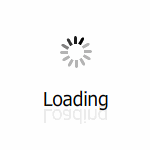
I messaged the site owner and explained the major performance problems I was experiencing and that the drop was from all traffic sources, and not just from Google. He took that information to his CTO so they could dig in and start isolating the problem. It wasn’t long before I heard back.
A Holly Jolly Load-Balancer Christmas!
No, that’s not the name of the next Christmas Vacation movie, although it does have a nice ring to it. :) The site owner and CTO uncovered a load balancer issue that was causing the performance problems we were seeing on the site. And that was causing a big drop in traffic as visitors couldn’t load many of the pages. And again, this is a site that people visit during the holidays, and on Christmas day, based on the type of content the site provides.
So, the good news is that it wasn’t some type of evil elf algorithm update. But the bad news was that the load balancer issue was causing many pages not to load for users and Googlebot. My client went to work on resolving the load balancer issue, but they couldn’t help but wonder how Google would treat the site from a rankings perspective.
For example, when Google sees a major performance problem over time, and it knows users cannot load the pages, some important questions come to mind. Will Google drop the site’s rankings, will the site plummet in the short-term, only to come back when the performance problems are corrected, will there be long-term damage SEO-wise, and how will crawling and indexing be impacted?
We’ve heard Google’s John Mueller explain situations related to this in the past. For example, John explained that Google can slow crawling when it comes across many 5XX errors. Here’s a tweet from John about this:
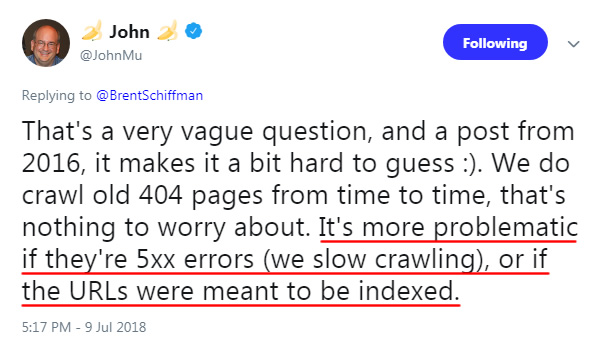
And that goes for 503s as well (a response code sites can return when maintenance is being completed and the site is down). John has explained that if Google sees 503s for an extended period of time, it can start dropping urls from the index. Note, returning 503s for a short period of time is totally fine (and is a good approach to use when you know your site will be down for maintenance). Just make sure you’re not returning 503s for an extended period of time.
Since this was a load balancer issue, and some visitors were able to load pages correctly, my client didn’t take the site offline (and didn’t use 503s). But it’s important to understand how Google would treat a site being down over an extended period of time. Here’s a video where John explains this (at 37:28 in the video):

And here’s John explaining how Google can automatically slow crawling when it sees that urls are temporarily unavailable. He also explains that Google will stop crawling if it sees that happening for a robots.txt file. Then Google will automatically increase crawling when the urls return 200s again. Here’s the video of John explaining this (at 38:43 in the video):

So what would happen in this case? Needless to say, we were eager to find out.
Tracking The SEO Impact Of Major Performance Problems
As you can probably guess, I was ultra-interested in seeing how this played out SEO-wise. So, I began tracking the situation on several levels to see how the load balancer issue was impacting the site from an SEO standpoint. For example, would rankings drop, would crawling slow down, and how would this all look when the performance problems were fixed?
Below, I’ll take you through the timeline, with data and screenshots, to show you how Google treated the problem. Note, every site is different, so this may not apply to all performance problems you run into. But, it should help you understand how those performance problems could impact crawling, indexing, and ranking. It’s also worth noting that the duration of performance problems would surely impact this situation. For this case, the site owner and CTO completely fixed the problem within seven days. But, it wasn’t all fixed at one time. More on that soon. Last, I unfortunately don’t have logs from the site yet. I’m still working on getting them, though, and will update this post if I do.
Blue Christmas – The Timeline of Events (with data and screenshots)
First, here is the drop in traffic when comparing year over year. The site usually doesn’t drop very much during Christmas Day (or week). You can see a seasonal drop of about 20% when compared to normal weeks, where this year yielded a drop of 50%. Yep, something was up…

Crawl Stats in GSC:
Here was the spike in time downloading a page and the drop in pages crawled per day. Pretty amazing to see that graph, right?
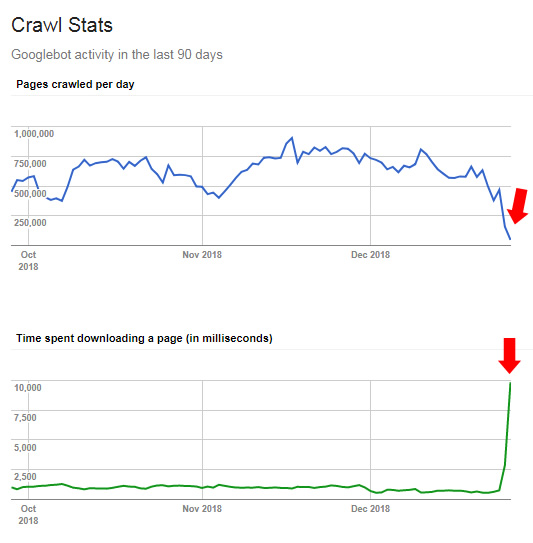
while pages crawled per day drop off a cliff.
And here were the impressions and clicks in GSC (which remained strong). This supports the notion that rankings were not being impacted during the performance problem. Impressions would have dropped if that were the case. I was also checking rankings manually and saw rankings remain strong overall. It seems that Google was pretty cool with understanding there was a performance problem and didn’t quickly impact rankings (even when it knew some users were running into page loading problems).
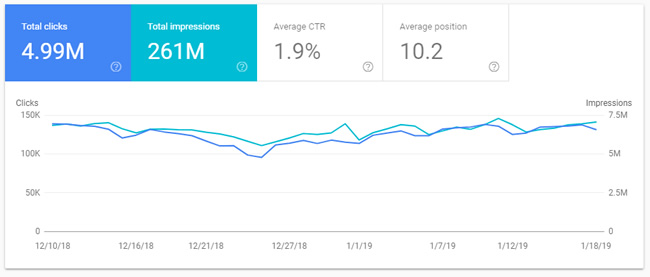
while the performance problem was in place.
And here was search visibility trending in SEMrush over the timeframe, which supports the fact that rankings were not impacted in the short-term. Search visibility was stable throughout the performance problem:

And here is Sistrix trending, which is also stable throughout the problem:
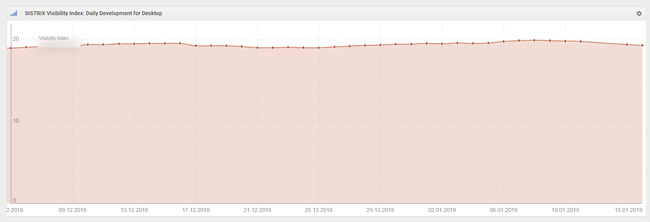
Note, the load balancer problem was not fixed all at one time. The situation improved over a five to seven-day period. So here are the crawl stats as the issue started to get resolved. Notice crawling increases, but not back to normal. That’s because the performance problems were still there to some extent. Notice time downloading a page improves, but also not back to normal.
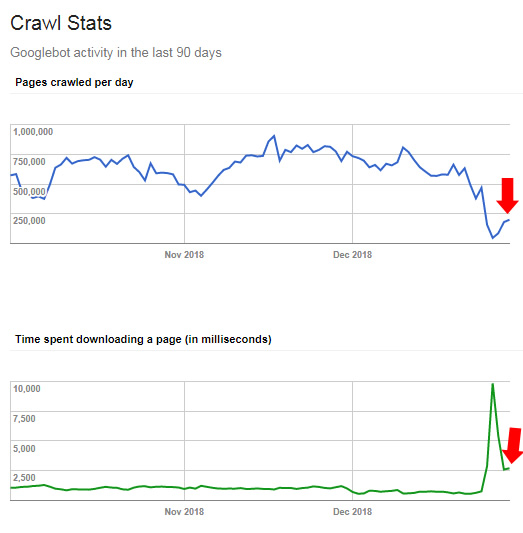
(as the load balancer problem is being fixed).
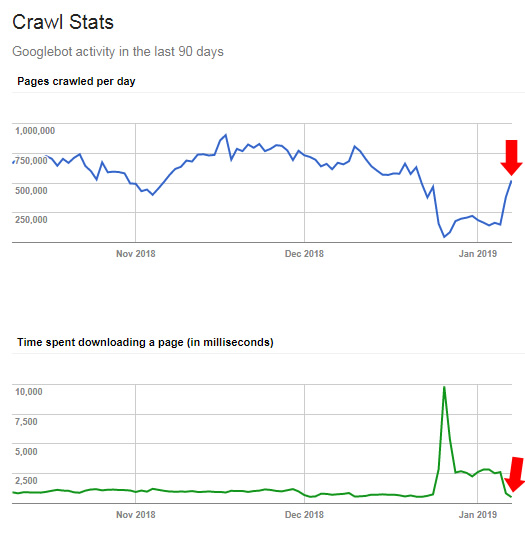
to improve as the performance problem is fixed.
And then once the problem was completely fixed, notice that the crawl stats return to normal. Time downloading a page drops back down to normal levels and pages crawled per day rise to normal levels. Awesome, all is good again in Google Land.
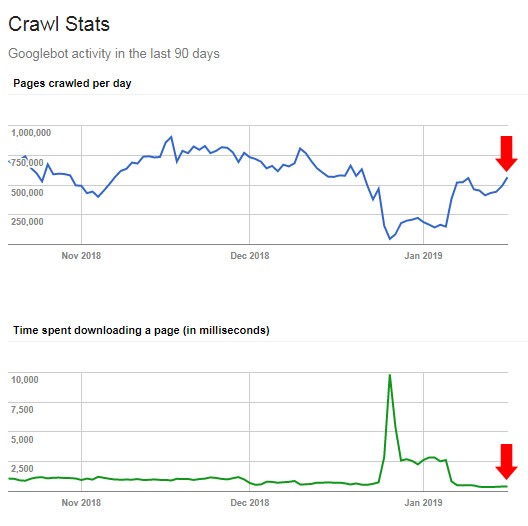
Pages crawled per day and time spent downloading a page return to normal levels
when the load balancer problem was completely fixed.
And here is what Google organic traffic looked like from before the load balancer issue to after it was resolved. Notice the drop during Christmas, a further drop, and then traffic returns to normal after the problem was fixed. There was no impact to Google organic traffic, rankings, etc. based on the performance problem. That was great to see.

load balancer problem was completely fixed.
Key learnings… and Spiked Eggnog:
Needless to say, it was fascinating to watch how Google reacted to the major performance problems over time. Here are some key learnings from the situation:
- Google understands that temporary glitches can happen (like the performance problems this site was experiencing).
- Google can slow crawling, when needed, and check back to see when it can crawl more. The crawl stats in GSC clearly showed that happening.
- For this situation (only a week or so), the site wasn’t impacted SEO-wise. Rankings remained strong, search visibility was stable, and as the problem was fixed, Google returned crawling back to normal levels.
- Google organic traffic then returned to normal levels as the performance problem was fixed completely. There was no impact rankings-wise based on this incident.
- That said, if this problem remained beyond a week or two, it’s hard to say how rankings would be impacted. Google could very well begin to drop rankings as it wouldn’t want to send users to a site or pages that don’t resolve. But, if you have a short-term performance issue, it seems you should be ok. I would just work to fix the problems as quickly as you can.
- This is a reminder that Murphy’s Law for SEO is real. The load balancer problem happened on Christmas Day. You just need to be prepared for Murphy to pay a visit. And then move quickly to rectify the problems he brings along.
Summary – All I want for Christmas is to never deal with a load balancer issue again.
If you run into serious performance problems and are worried about the SEO-impact, know that Google does understand that bad things happen from time to time. As Google’s John Mueller explained, Google can slow crawling while the problems exist and then check back to see when it can return crawling to normal.
For this specific case, that’s exactly what we saw. Rankings and search visibility remained strong, but crawling slowed. Then as the performance problems were fixed, crawling returned back to normal. And all was good again in Google Land.
So, until next holiday season… here’s ho-ho-hoping you don’t run into this type of problem anytime soon. I know everyone involved with this case feels the same way. :)
GG
